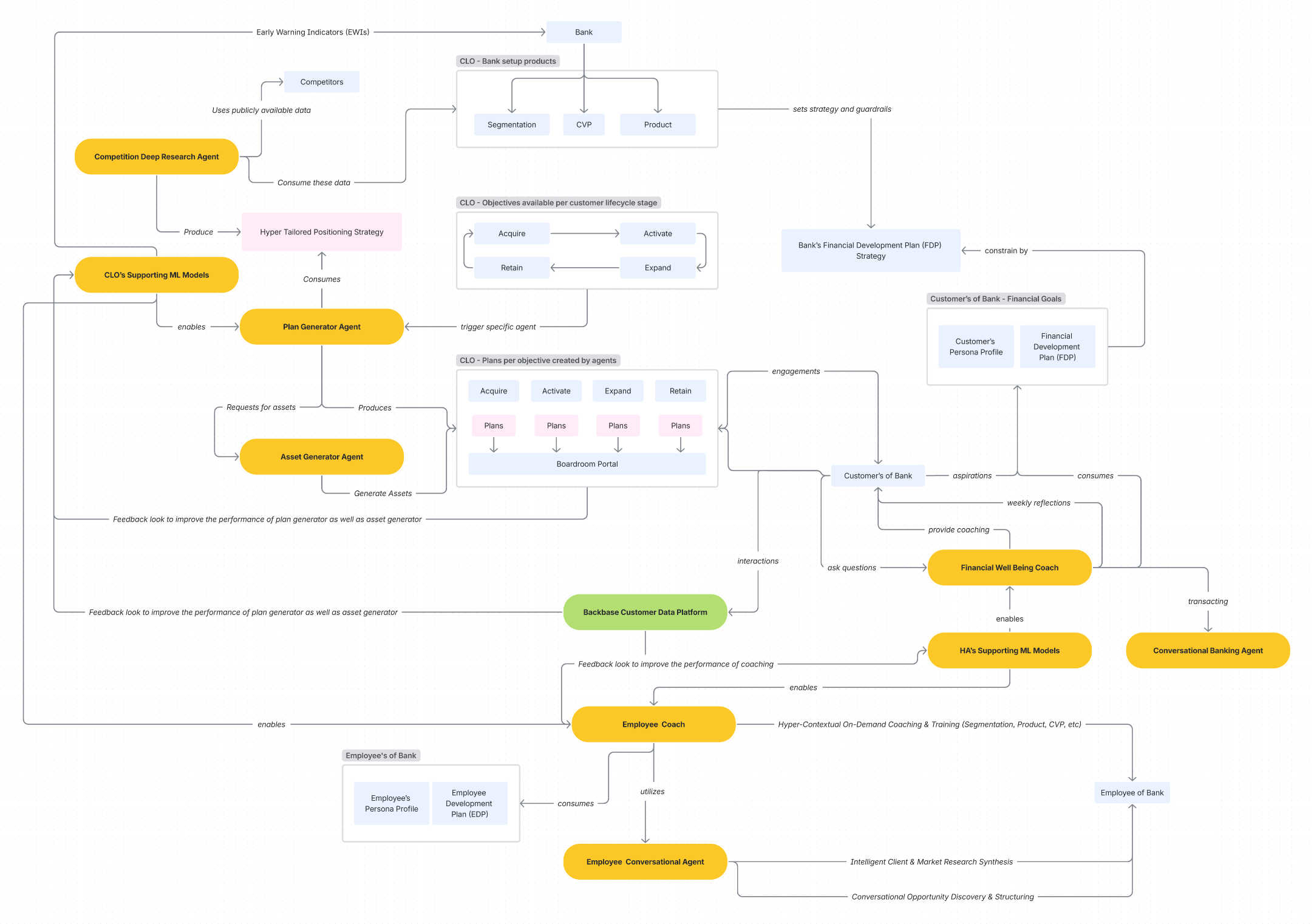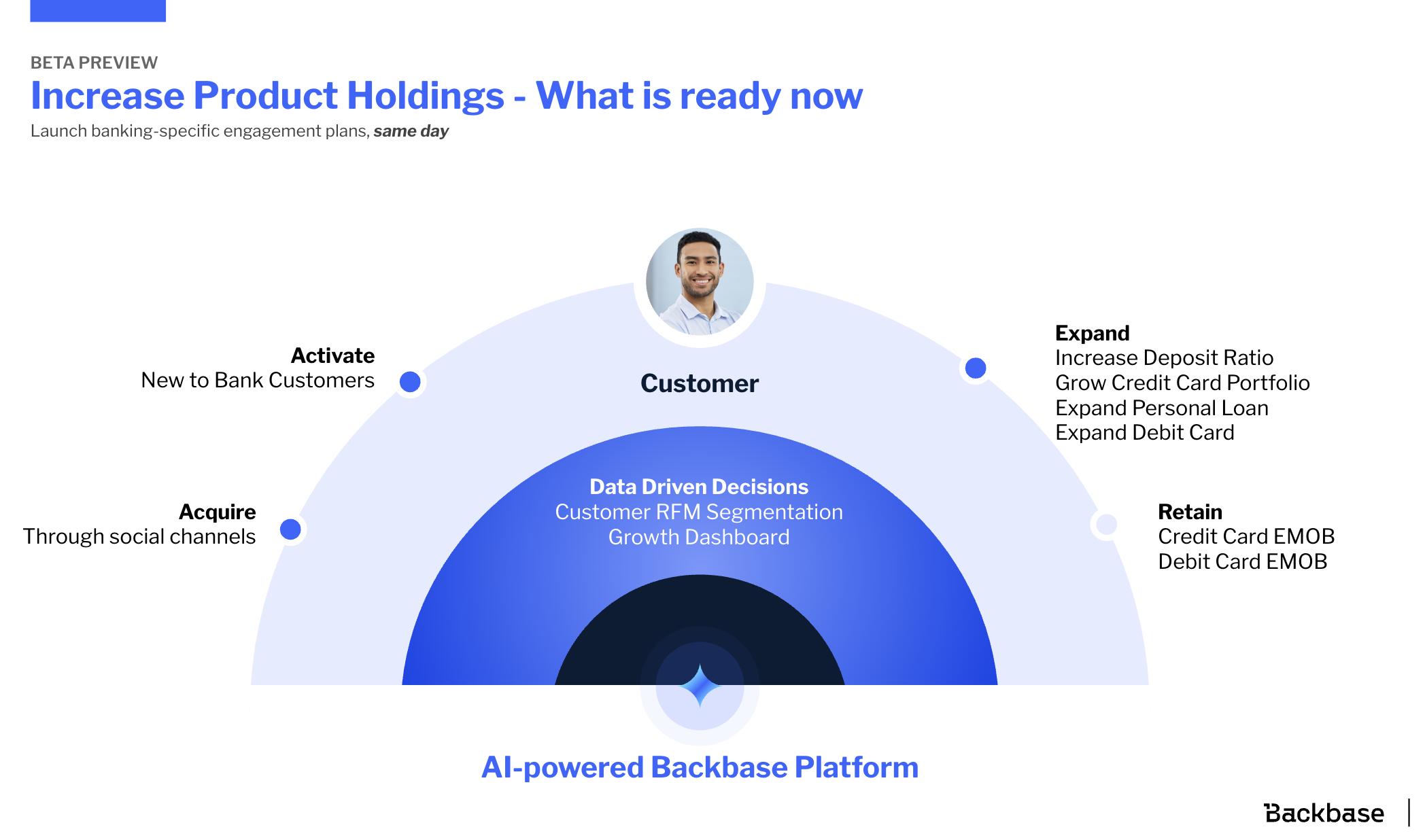
The “Cloud Tax” is Killing Your AI Strategy. Why the Future of Banking is on the Edge.
We are living through the “Peak Hype” phase of Enterprise AI. Every board meeting in the financial sector currently ends with the same mandate: “We need AI in every workflow.” But as CIOs and Enterprise Architects move from glossy PowerPoints to actual production (at least the ones that are not graphic designers & care about doing the work), they are hitting a massive, invisible wall. I call it the Cloud Tax.
The current paradigm of AI — sending every single user interaction to a massive, cloud-hosted LLM — is fundamentally unscalable for high-frequency banking operations. It introduces three critical bottlenecks:
- Latency: The “thinking time” lag breaks the flow of customer service.
- Privacy: Sending PII to the cloud is a compliance minefield.
- Cost: At enterprise scale, token costs don’t just scale linearly; they scale painfully.
There is a better way. In my opinion, the future of Enterprise AI isn’t in the cloud; it’s on the device sitting right in front of your employee.
Enter the Small Language Model (SLM) Revolution
We have been conditioned to think that “bigger is better.” That to summarize a client meeting, we need a model trained on the entire internet.
We don’t.
You don’t need a PhD in Astrophysics to calculate a restaurant tip. Similarly, you don’t need a trillion-parameter model to perform 90% of daily banking tasks like summarizing profiles, checking compliance rules, or drafting emails. SLMs, like Microsoft’s Phi-4 or Google’s Gemma, have reached a tipping point. Quantized to run on standard CPUs, these models are now “smart enough” for specialized tasks and “small enough” to live on a laptop.
I realized that if we want to lower the cost of AI adoption while increasing its availability, we need to change where the AI lives.
I developed an open-source proof of concept — The Intelligent Banking Employee Browser — to demonstrate this shift.
View the Project on GitHub and watch the demo:
The concept is simple but radical: Instead of a passive window to the web, the browser becomes an active AI Runtime. By embedding an ONNX runtime directly into a custom browser shell (like Electron), we can run SLMs locally on the employee’s machine. The browser creates a secure localhost bridge, allowing your existing web applications to "talk" to the local AI with zero latency.
Why This Can Change Everything
Here is why this architecture is the key to democratizing AI in banking:
1. The Economics of “Free” Inference. When you run AI in the cloud, you pay for every token. When you run AI on the edge, the hardware cost is already sunk. The bank has already paid for the employee’s laptop. By utilizing the idle CPU/NPU cycles on that device, the marginal cost of an AI query drops to zero.
2. The Ultimate Privacy Firewall. In this architecture, data never leaves the device. A Relationship Manager can ask the AI to “Analyze this confidential portfolio,” and the data moves from the browser RAM to the local AI RAM and back. No network requests. No third-party logging. No GDPR nightmares.
3. Speed as a Feature. Cloud AI averages 1–3 seconds of latency. That sounds fast, but in a high-pressure call center, it’s an eternity. Local SLMs offer near-instantaneous token generation (still SLMs are slow and might need better fine-tuning). The AI feels less like a tool you wait for and more like an extension of the employee’s thought process.
Architecture Overview
For the architects and engineers reading this, the “how” is just as important as the “why.” The system is built on Electron, providing a secure browser environment with native capabilities, following a modular design with a clear separation of concerns.

The Foundation: Electron & Phi-4
Electron serves as the robust foundation for this architecture, offering a unified codebase that deploys seamlessly across Windows, macOS, and Linux. Its architecture provides the necessary bridge between web standards and native capabilities, granting direct access to the file system and network while maintaining strict process isolation between the renderer and main processes. Crucially, this allows existing web applications to run within the secure shell without requiring any modification to their underlying code.
For the intelligence layer, we leverage Microsoft’s Phi-4-mini, a model engineered specifically for edge scenarios. At 3.8 billion parameters, it strikes an optimal balance between reasoning power and resource efficiency. When quantized to int4, the model compresses to a manageable 2.3GB footprint, enabling it to deliver approximately 17 tokens per second on standard Intel Xeon CPUs. This ensures that despite its smaller size, the model retains the sophisticated instruction-following capabilities required for complex banking tasks.
The Engine: ONNX Runtime GenAI
Driving this model is the ONNX Runtime GenAI, Microsoft’s specialized execution engine designed to accelerate generative AI workloads. This runtime unlocks the full potential of local inference by supporting int4 quantization through optimized MatMulNBits operators and custom kernels tailored for transformer architectures. It abstracts hardware complexities through a mature Python API, allowing the system to dynamically leverage CPU, CUDA, or DirectML backends to maximize performance on whatever hardware is available.
Since ONNX Runtime GenAI’s Python bindings are more mature than the C++ API for advanced quantization, I implemented a straightforward Python bridge to handle the inference loop.
Performance Characteristics
The system delivers a highly responsive user experience with a typical total request latency between 70 and 230 milliseconds, broken down into rapid tokenization (5–10ms), inference (50–200ms depending on output length), and Python bridge overhead (10–20ms). While the initial model loading incurs a one-time cost of roughly 2–3 seconds, subsequent operations are near-instantaneous. Throughput is generally limited by CPU cores, allowing for 2–4 concurrent requests, with the int4 quantized model achieving a generation speed of approximately 16–20 tokens per second on modern CPUs. In terms of resources, the system requires a modest 3–4GB of RAM to host both the model and runtime, utilizes 1–2 CPU cores during active inference, and occupies about 2.3GB of disk space for the model files.
Security Architecture
Security is enforced through a multi-layered architecture starting with strict process isolation between Electron’s renderer and main processes. Access to the local API is governed by rigorous origin validation that restricts calls to whitelisted domains only, while session management relies on expiration-bound JWT tokens. All internal API communication is protected via TLS encryption, further hardened by Content Security Policy (CSP) enforcement to prevent cross-site scripting (XSS) and code injection, with optional certificate pinning available for production environments.
From a data privacy standpoint, the architecture ensures zero egress, meaning all data remains strictly on the device with no telemetry or usage metrics transmitted to external servers. Sensitive data is secured in encrypted local storage, and future iterations will include cryptographic model signing to verify integrity.
The Hybrid Future
Does this mean the Cloud LLM is dead? Absolutely not.
The winning architecture is Hybrid. The local SLM handles the 90% of high-frequency, lower-complexity tasks (summarization, UI navigation, basic Q&A). When a query requires deep reasoning or vast world knowledge, the local model acts as a triage nurse, escalating the request (with user consent) to the cloud.
The hybrid architecture requires intelligent routing between local and cloud models.
Here’s how we implement it:
1. Query Classification. The local SLM first evaluates whether it can handle the query.
2. Confidence-Based Escalation. Even for local queries, we check confidence scores.
3. User Consent and Escalation. Before sending data to the cloud, we request explicit user consent, The UI handles escalation transparently.
The Edge is No Longer Just a Window
For two decades, the edge has been a passive window onto the web — a dumb terminal for cloud-hosted intelligence. That era possibly is ending.
The Intelligent Banking Employee Browser PoC shows a possibility that we can flip this paradigm. By moving the “brain” to the edge, we turn the edge into an active partner in the employee’s workflow. We eliminate the “Cloud Tax” of latency and privacy risk, replacing it with an asset that banks already own: their hardware.
This shift from cloud-only to edge-first architecture is not just a technical optimization; it is a strategic necessity for financial institutions that want to scale AI without scaling costs or compromising data sovereignty.
We are just scratching the surface of what is possible when the browser becomes the runtime. I invite you to clone the repo, break things, and help us build the next generation of secure, intelligent financial software.



